Home>Gardening & Outdoor>Landscaping Ideas>What Eats Grass In The Forest
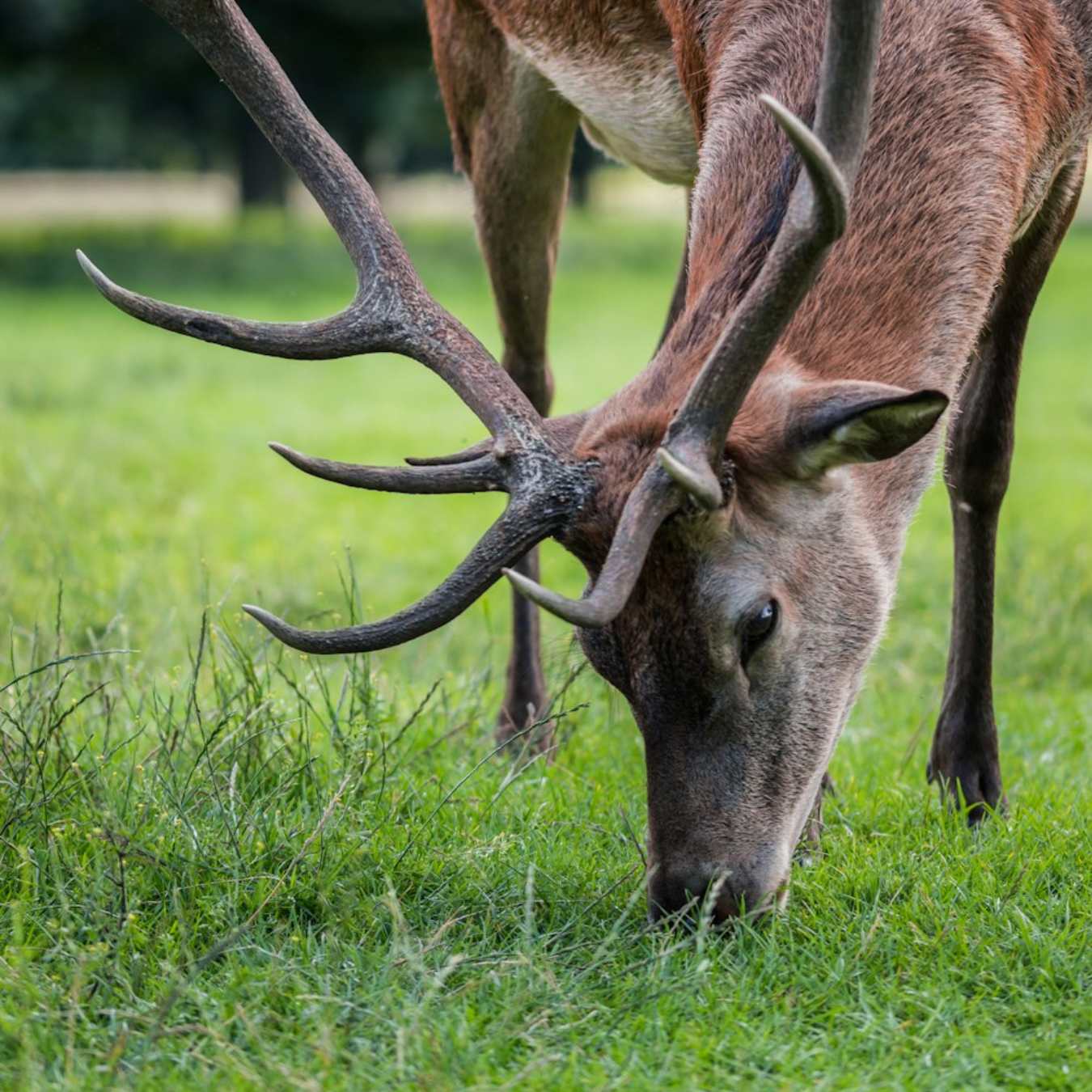

Landscaping Ideas
What Eats Grass In The Forest
Published: January 30, 2024
Discover effective landscaping ideas for your forested area and learn what eats grass to maintain a thriving ecosystem. Explore sustainable solutions for a lush forest landscape.
(Many of the links in this article redirect to a specific reviewed product. Your purchase of these products through affiliate links helps to generate commission for Storables.com, at no extra cost. Learn more)
Introduction
Read more: What Eats Grass
Introduction
Welcome to the enchanting world of forest ecosystems, where the delicate balance of nature is on full display. As we delve into the intricate web of life within the forest, one cannot help but wonder about the creatures that sustain themselves on the lush greenery that carpets the forest floor. Among these, the question of “What eats grass in the forest?” naturally arises.
Exploring this question unveils a fascinating array of herbivores, each with its unique feeding habits and role in the forest ecosystem. From majestic grazing animals to tiny insects and creatures, the forest is teeming with life that depends on grass as a primary food source. Understanding the diverse array of creatures that consume grass in the forest not only provides insight into the delicate balance of nature but also showcases the remarkable adaptability and interconnectedness of the forest’s inhabitants.
Join us on a captivating journey through the forest as we uncover the various herbivores and creatures that rely on grass for sustenance. By delving into the world of these creatures, we gain a deeper appreciation for the intricate tapestry of life within the forest and the vital role that grass plays in sustaining its inhabitants.
Herbivores in the Forest
Key Takeaways:
- Forest herbivores like deer, rabbits, and ants rely on grass for food, shaping the forest ecosystem and maintaining its delicate balance.
- Grazing animals such as bison and antelope play a vital role in shaping the landscape and creating diverse habitats within the forest.
Herbivores in the Forest
Herbivores play a crucial role in the forest ecosystem, serving as the primary consumers that sustain themselves on plant material, including grass. In the lush expanse of the forest, a diverse range of herbivores partake in the consumption of grass, shaping the landscape and influencing the dynamics of the ecosystem.
Among the most iconic herbivores in the forest are deer, elk, and moose. These majestic creatures are known for their graceful grazing habits, delicately nibbling on tender grass shoots as they traverse the forest. Their presence not only shapes the growth patterns of the vegetation but also contributes to the dispersal of seeds, thereby influencing the regeneration of plant life within the forest.
Additionally, smaller herbivores such as rabbits and ground-dwelling rodents play a significant role in consuming grass within the forest. Their voracious appetites for grass contribute to the shaping of the forest floor, influencing the density and composition of the vegetation. Furthermore, their feeding habits attract predators, creating a complex web of interactions that sustains the delicate balance of the forest ecosystem.
It’s important to recognize the vital role that herbivores play in maintaining the health and diversity of the forest. By consuming grass and other plant material, they regulate the growth of vegetation, prevent overgrowth, and contribute to the overall resilience of the ecosystem. Their presence underscores the intricate relationship between herbivores and the plant life that sustains them, highlighting the harmonious coexistence that defines the forest ecosystem.
Grazing Animals
Read more: What Eats The Grass
Grazing Animals
Within the serene expanse of the forest, grazing animals form a captivating tableau of natural harmony as they partake in their daily foraging rituals. These creatures, ranging from the majestic bison to the agile antelope, rely on grass as a primary source of sustenance, shaping the landscape and contributing to the intricate balance of the forest ecosystem.
The bison, with its imposing stature and formidable presence, is a prominent figure among the grazing animals of the forest. Its selective grazing habits not only influence the distribution of grass species but also play a pivotal role in shaping the structure of grasslands within the forest. As these magnificent creatures roam the land, their grazing activities contribute to the maintenance of open spaces, promoting the growth of diverse grass species and creating habitats for a myriad of other forest inhabitants.
Furthermore, the elegant antelope, renowned for its agility and grace, engages in purposeful grazing, delicately consuming tender grass shoots that carpet the forest floor. Their presence contributes to the intricate mosaic of grazing patterns, influencing the density and composition of grasses and fostering a dynamic environment within the forest.
It is essential to recognize the profound impact of grazing animals on the forest ecosystem. Their selective feeding habits not only shape the physical landscape but also influence the distribution of plant species, creating a rich tapestry of habitats for a diverse array of forest-dwelling creatures. Through their grazing activities, these animals contribute to the resilience and vitality of the forest, perpetuating a cycle of nourishment and symbiosis that defines the intricate web of life within the woodland.
Insects and Small Creatures
Insects and Small Creatures
Amidst the verdant tapestry of the forest, a bustling world of insects and small creatures thrives, each playing a vital role in the consumption of grass and the maintenance of ecological balance. From industrious ants to charismatic chipmunks, these diminutive inhabitants contribute to the intricate web of life within the forest, sustaining themselves on the abundant grasses that adorn the woodland floor.
Ants, with their remarkable industriousness and organized colonies, are prominent consumers of grass within the forest. These diligent insects diligently gather grass and other plant material to nourish their colonies, contributing to the decomposition and nutrient cycling processes that are essential for the forest ecosystem’s vitality. Their foraging activities not only shape the distribution of grass fragments but also play a crucial role in soil aeration, fostering a healthy environment for plant growth.
Moreover, the endearing chipmunks, with their lively demeanor and nimble movements, partake in the consumption of grass and seeds within the forest. Their foraging activities not only contribute to the dispersal of grass seeds but also influence the growth patterns of grasses, creating a dynamic interplay between these small creatures and the vegetation that sustains them.
It is fascinating to witness the diverse array of insects and small creatures that rely on grass as a primary food source within the forest. Their presence underscores the interconnectedness of the forest ecosystem, as their feeding activities contribute to nutrient cycling, seed dispersal, and the maintenance of ecological balance. Through their interactions with grass and other vegetation, these diminutive inhabitants play a significant role in shaping the intricate mosaic of life within the forest, perpetuating a cycle of sustenance and biodiversity.
Conclusion
Read more: What Eats Turtle Grass
Conclusion
As we conclude our exploration of the captivating world of forest herbivores, it becomes evident that the question of “What eats grass in the forest?” unveils a rich tapestry of life and interconnectedness within the woodland ecosystem. From the graceful grazing animals to the industrious insects and small creatures, the forest teems with a diverse array of inhabitants that rely on grass as a primary source of sustenance.
The herbivores within the forest play a pivotal role in shaping the landscape, influencing the growth patterns of vegetation, and contributing to the delicate balance of the ecosystem. Through their selective grazing habits, these creatures not only sustain themselves but also contribute to the maintenance of open spaces, the dispersal of seeds, and the creation of diverse habitats for other forest-dwelling creatures.
Furthermore, the presence of grazing animals and small creatures underscores the intricate web of interactions that define the forest ecosystem. Their feeding activities contribute to nutrient cycling, seed dispersal, and the shaping of the forest floor, perpetuating a cycle of sustenance and biodiversity that sustains the vitality of the woodland.
By gaining insight into the diverse array of creatures that consume grass in the forest, we develop a deeper appreciation for the resilience and adaptability of the forest ecosystem. The harmonious coexistence of herbivores and the plant life that sustains them exemplifies the remarkable interconnectedness of nature, underscoring the delicate balance that defines the enchanting world of the forest.
As we marvel at the intricate tapestry of life within the forest, we are reminded of the profound significance of grass as a foundational element that sustains a myriad of creatures. The next time we wander through the forest, the gentle rustle of grass serves as a poignant reminder of the vibrant ecosystem that thrives amidst the verdant expanse, perpetuating a cycle of nourishment and vitality that defines the timeless allure of the woodland.
Frequently Asked Questions about What Eats Grass In The Forest
Was this page helpful?
At Storables.com, we guarantee accurate and reliable information. Our content, validated by Expert Board Contributors, is crafted following stringent Editorial Policies. We're committed to providing you with well-researched, expert-backed insights for all your informational needs.
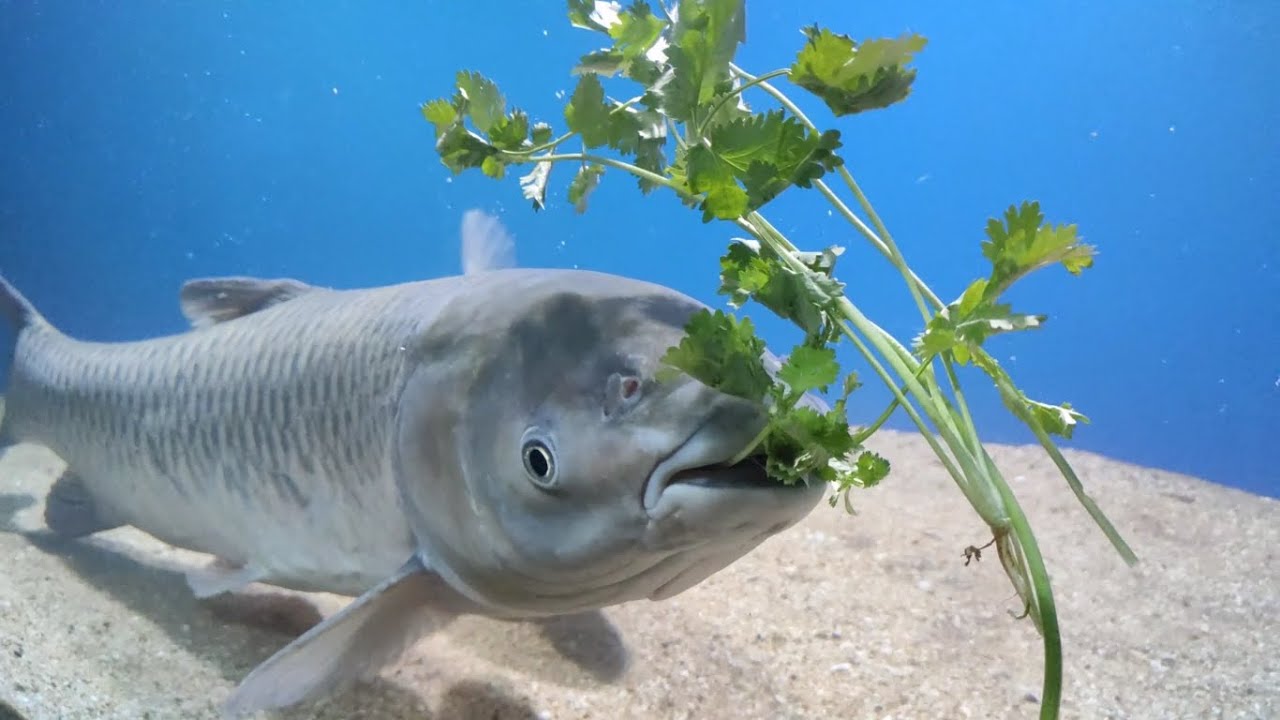
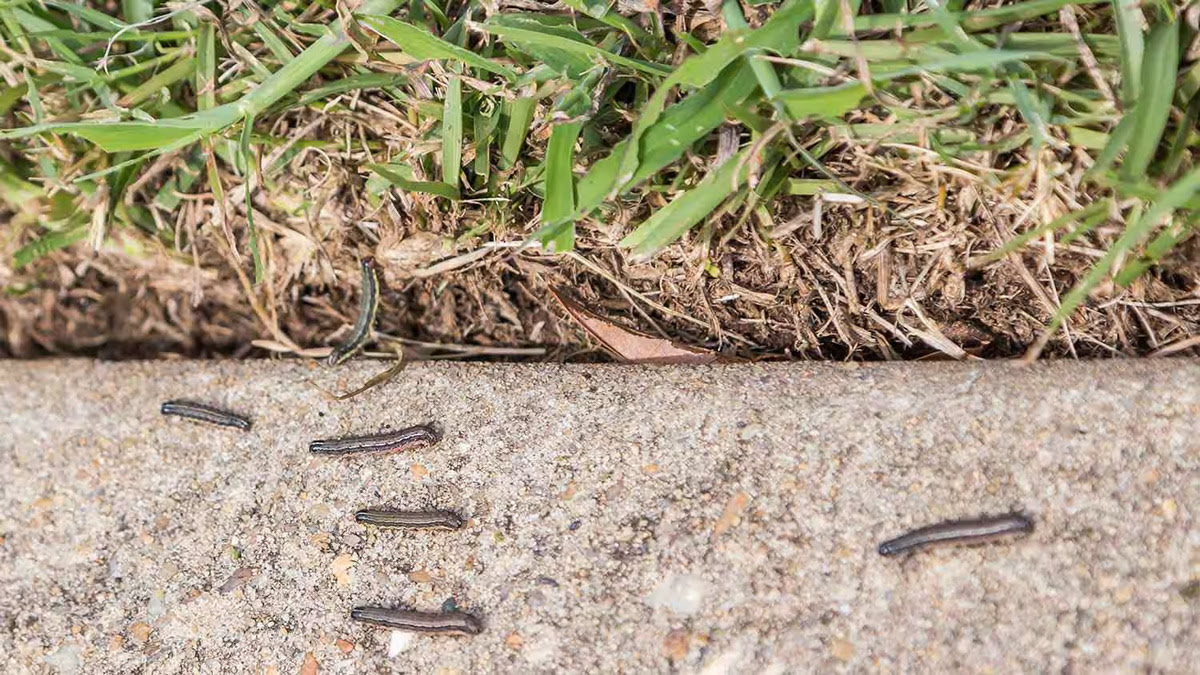
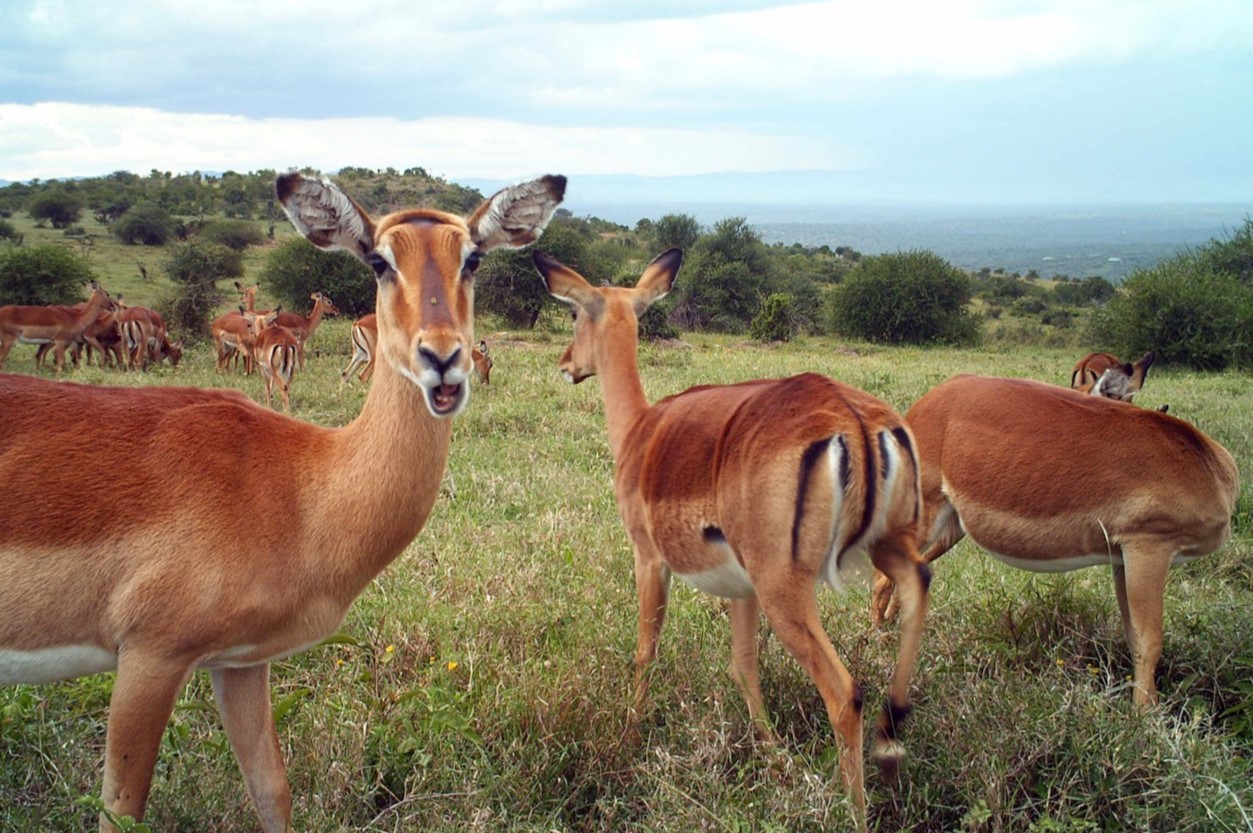
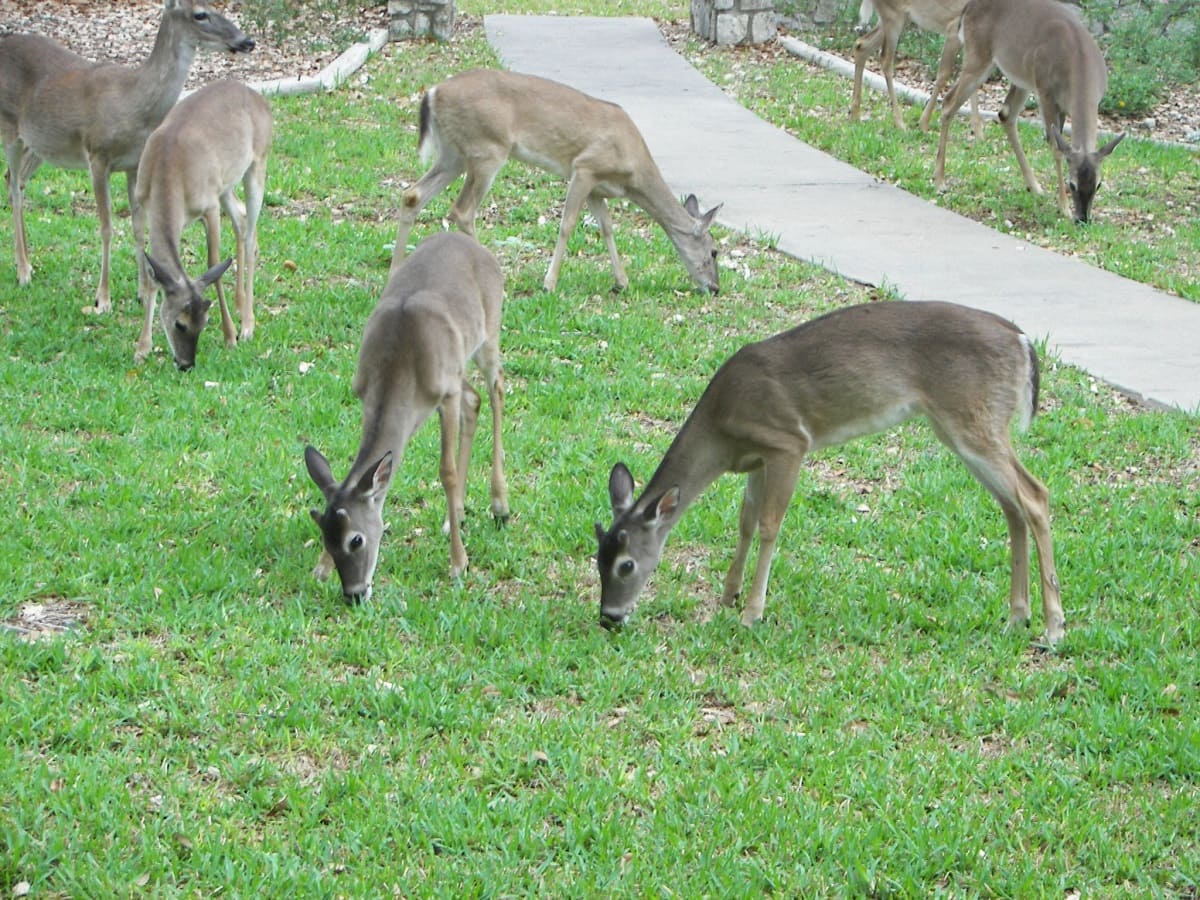
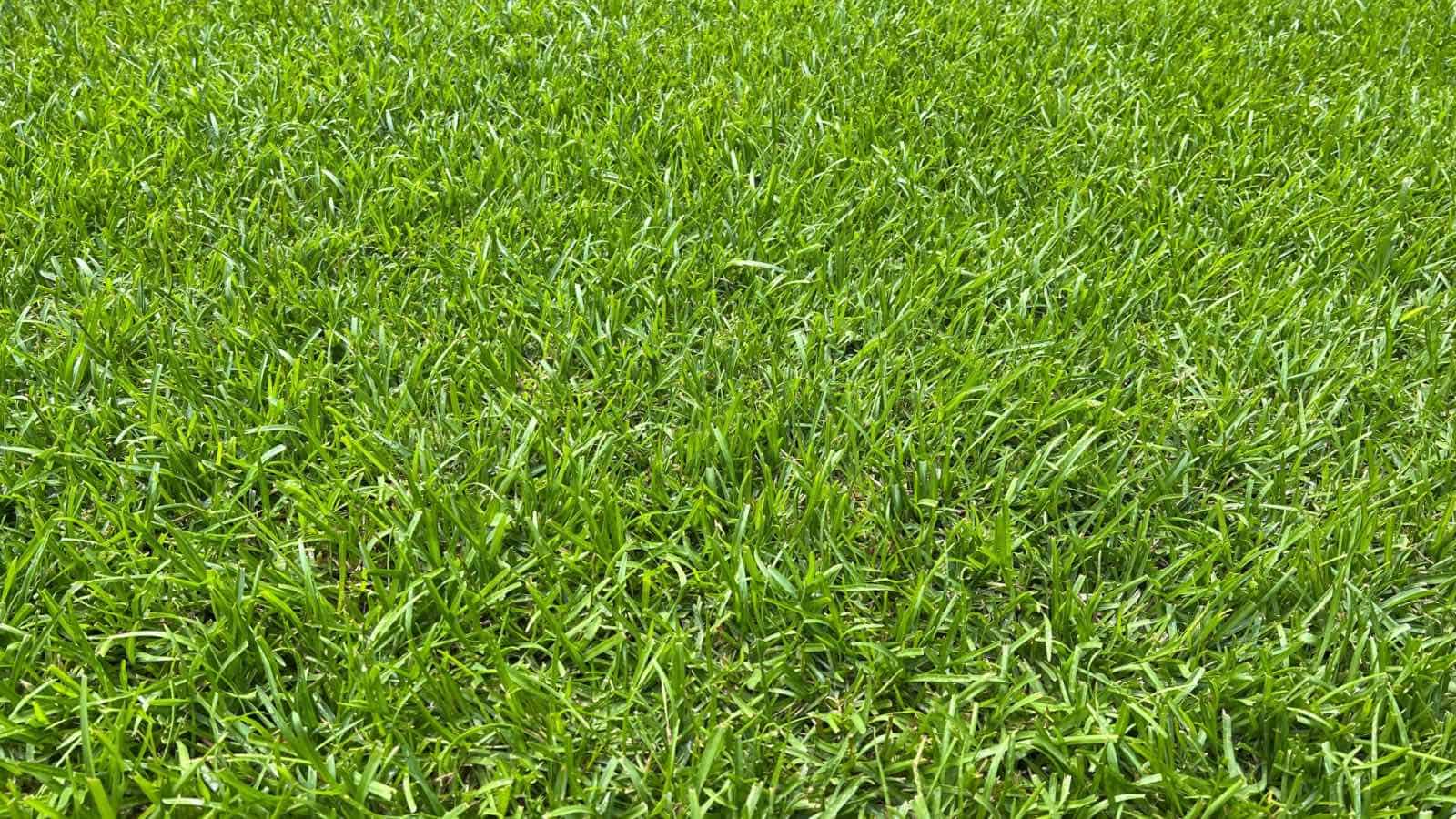
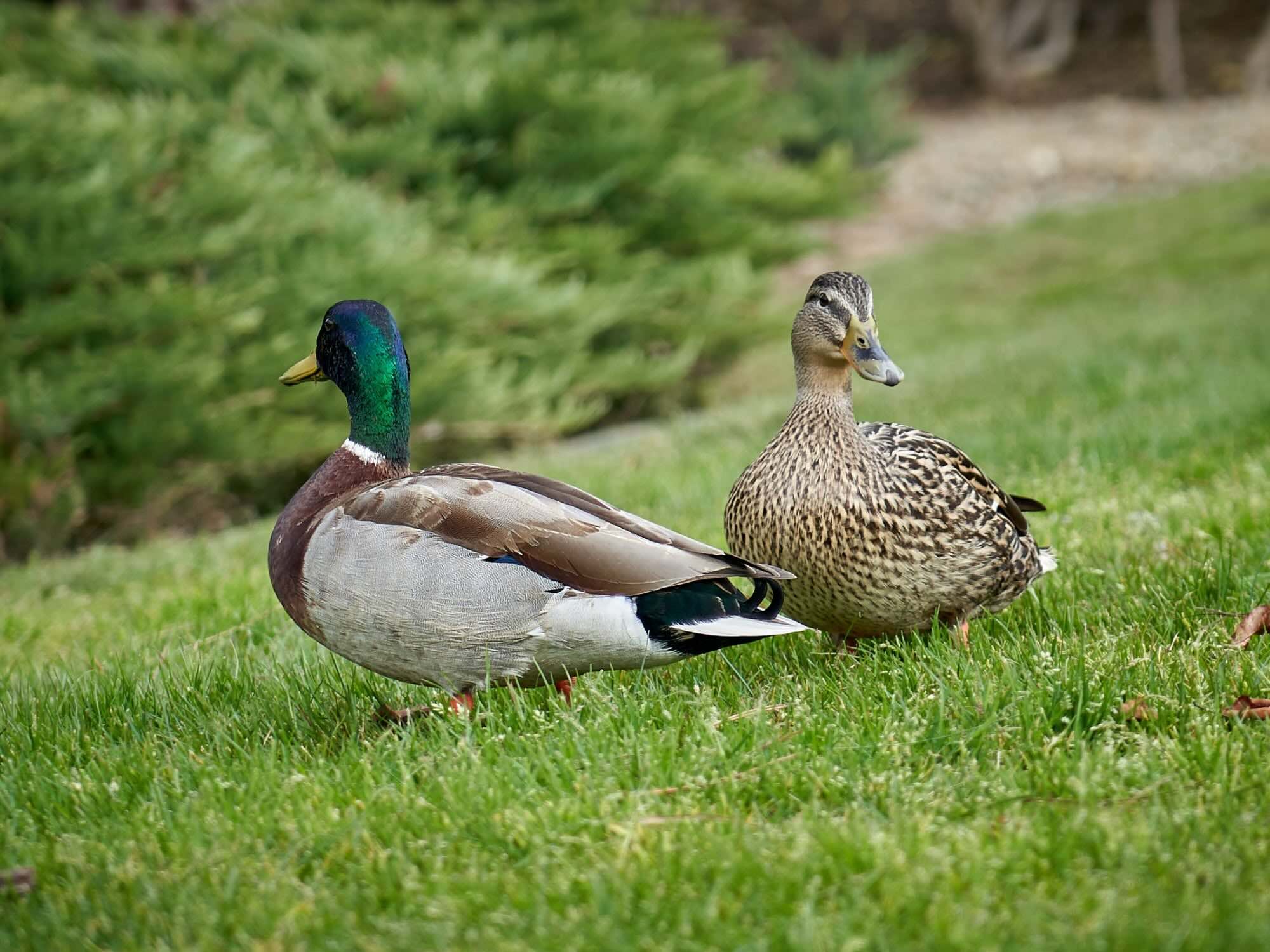
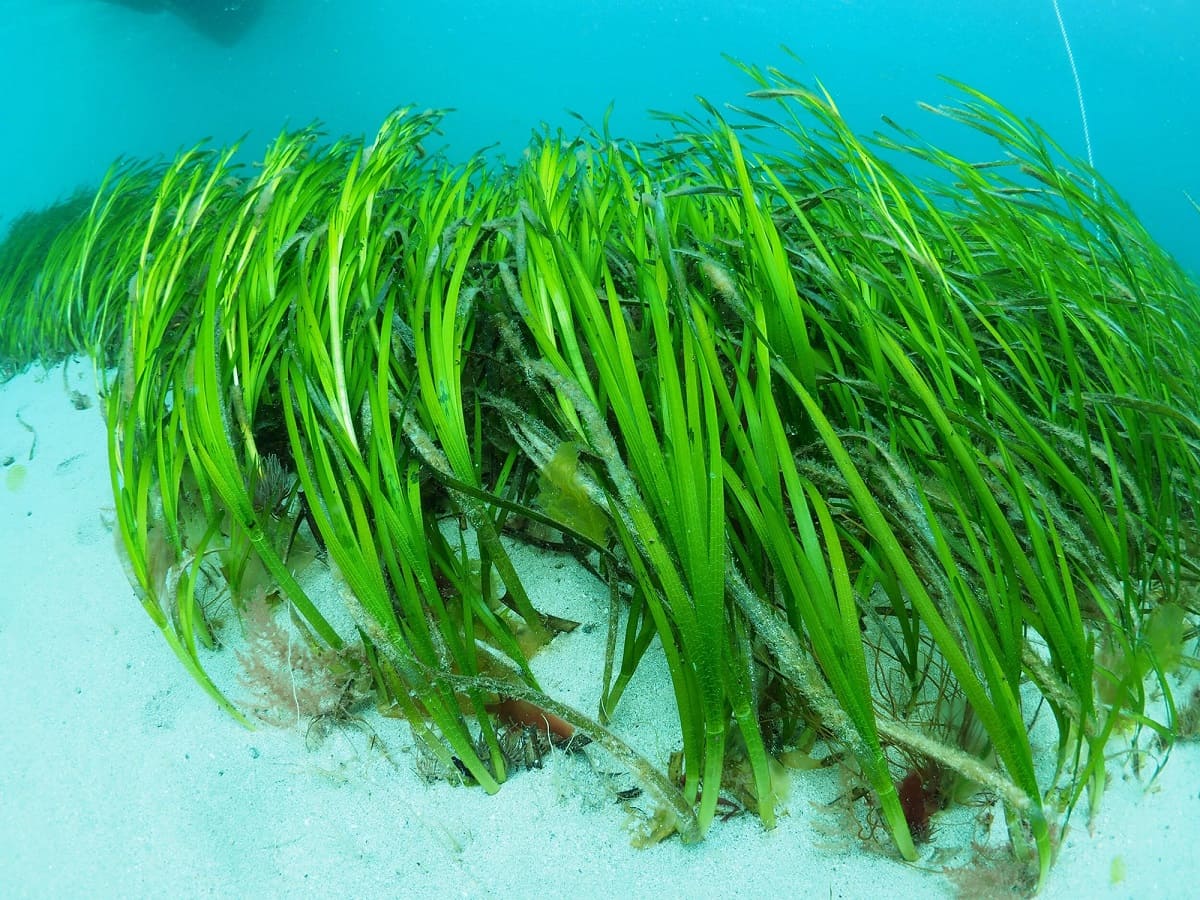
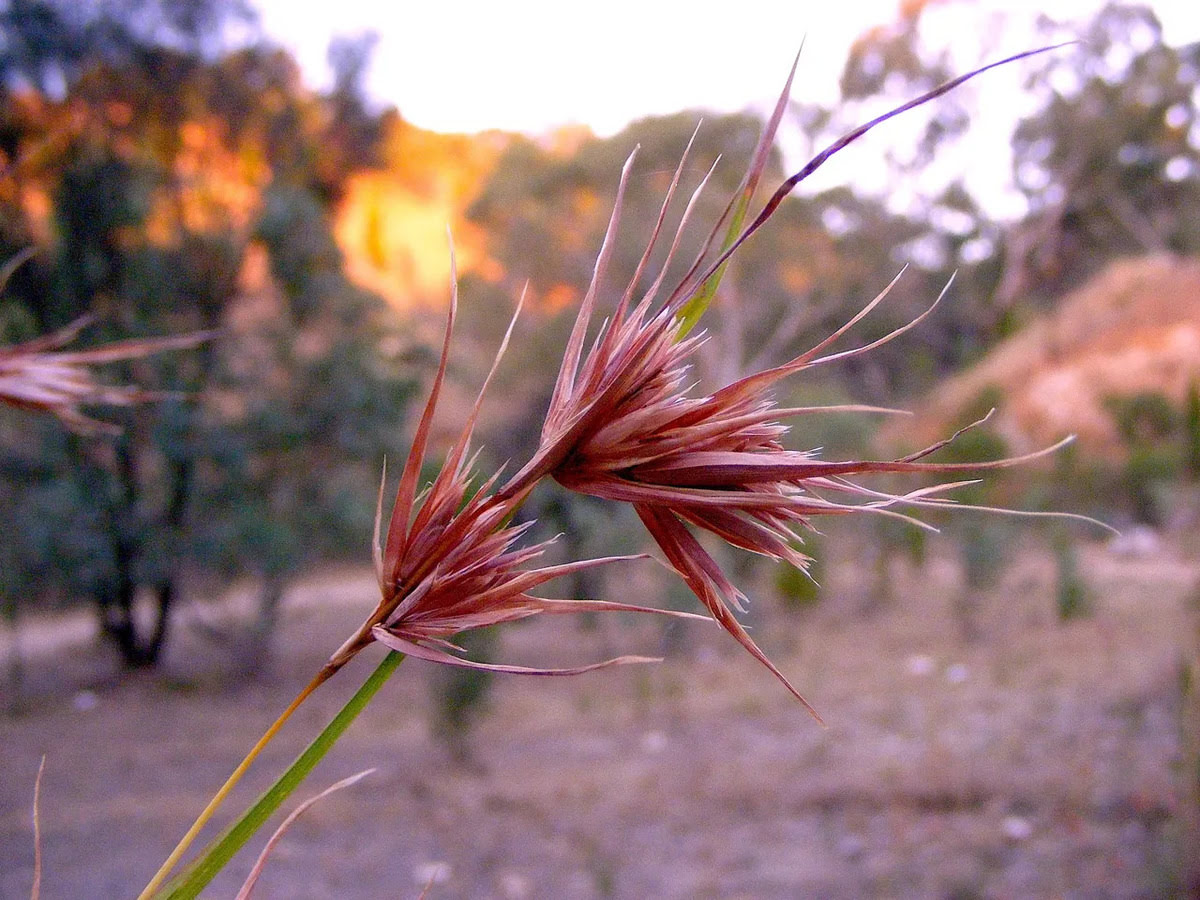
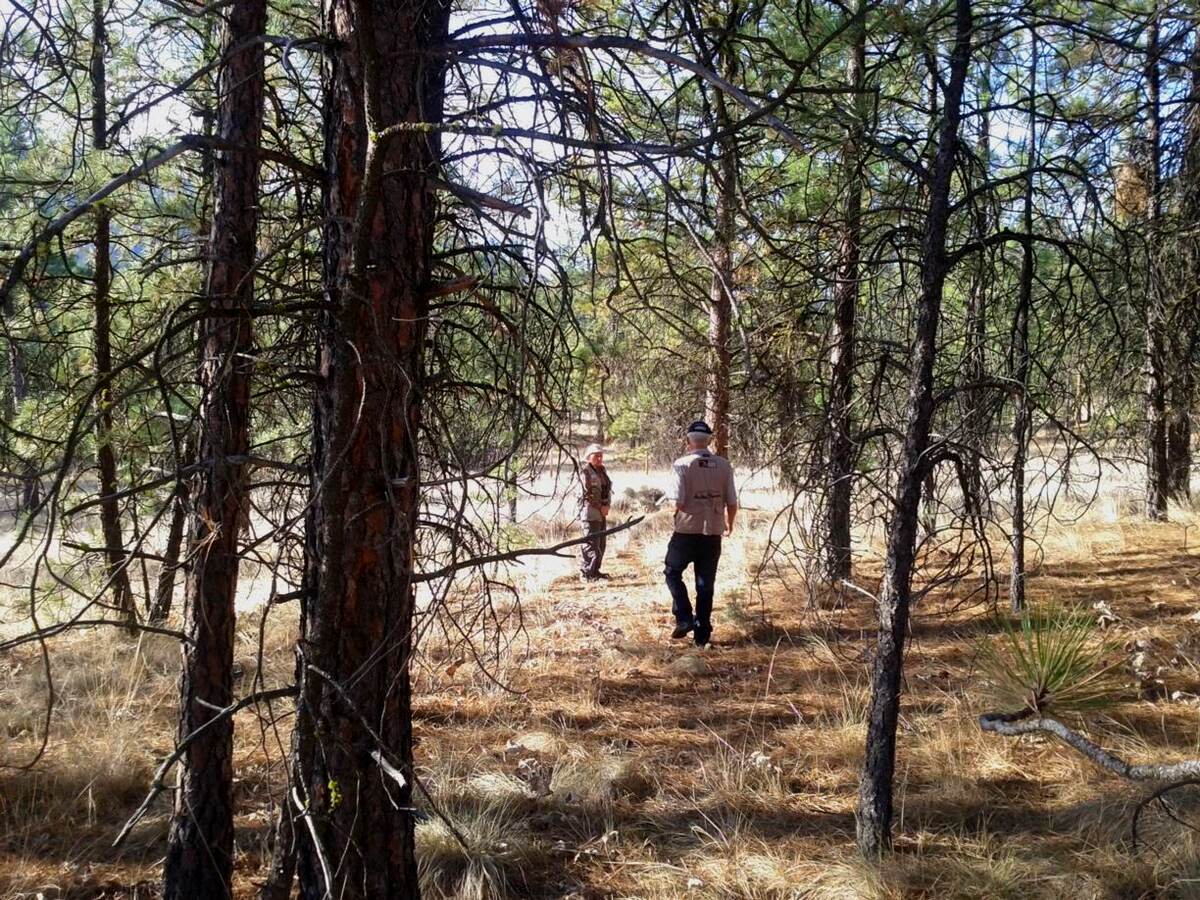

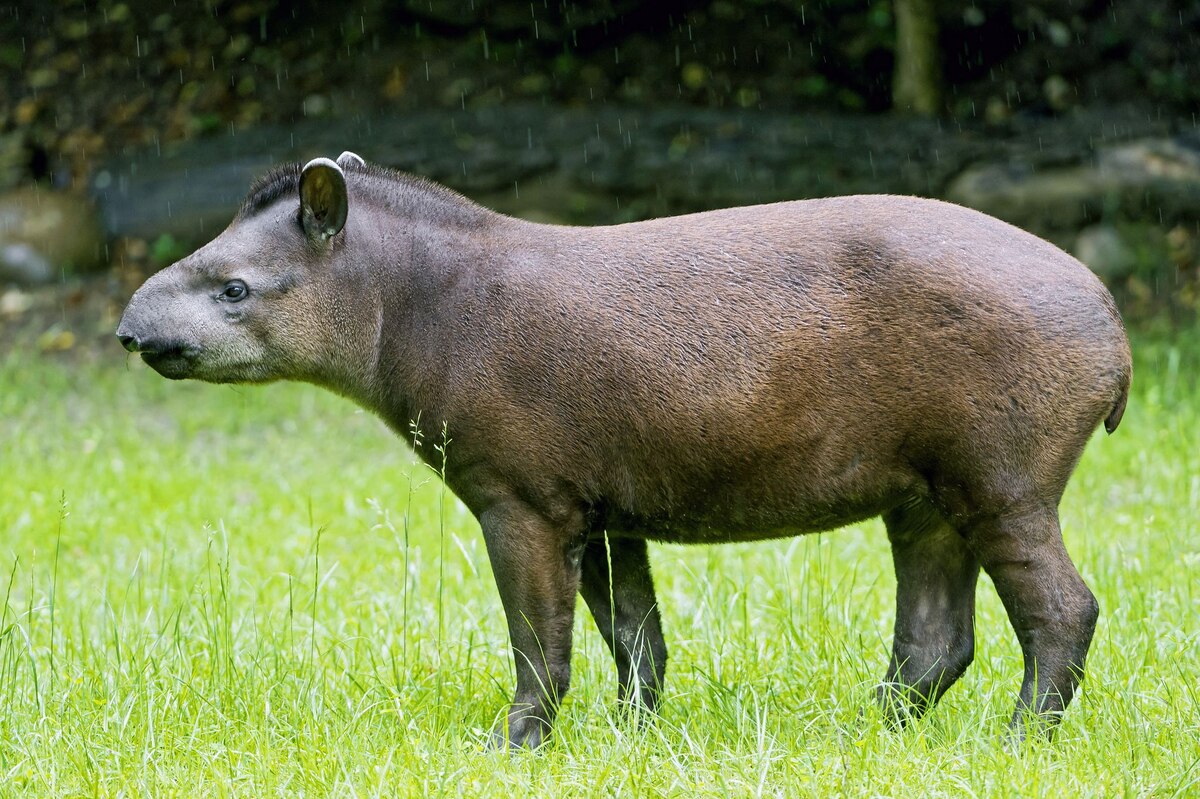
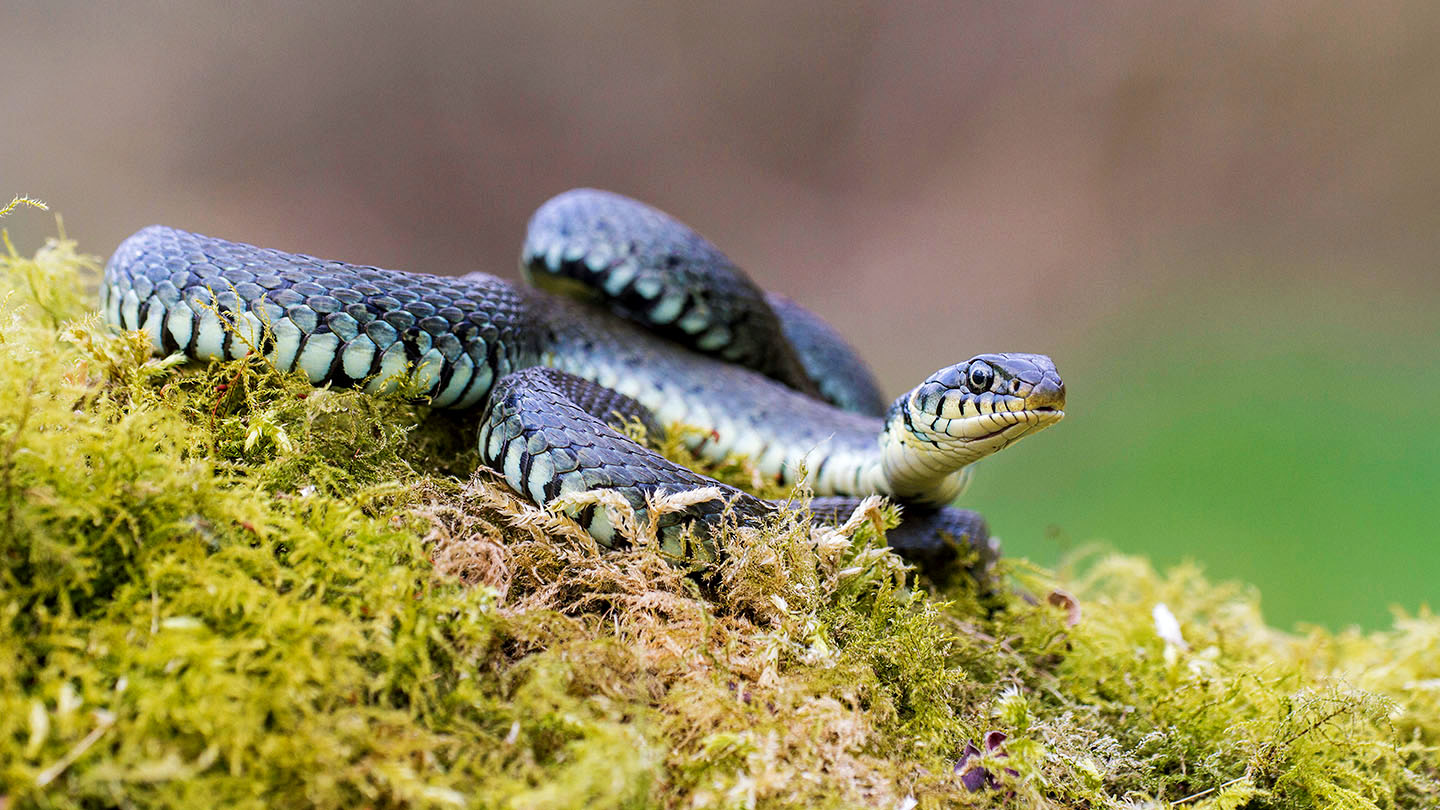
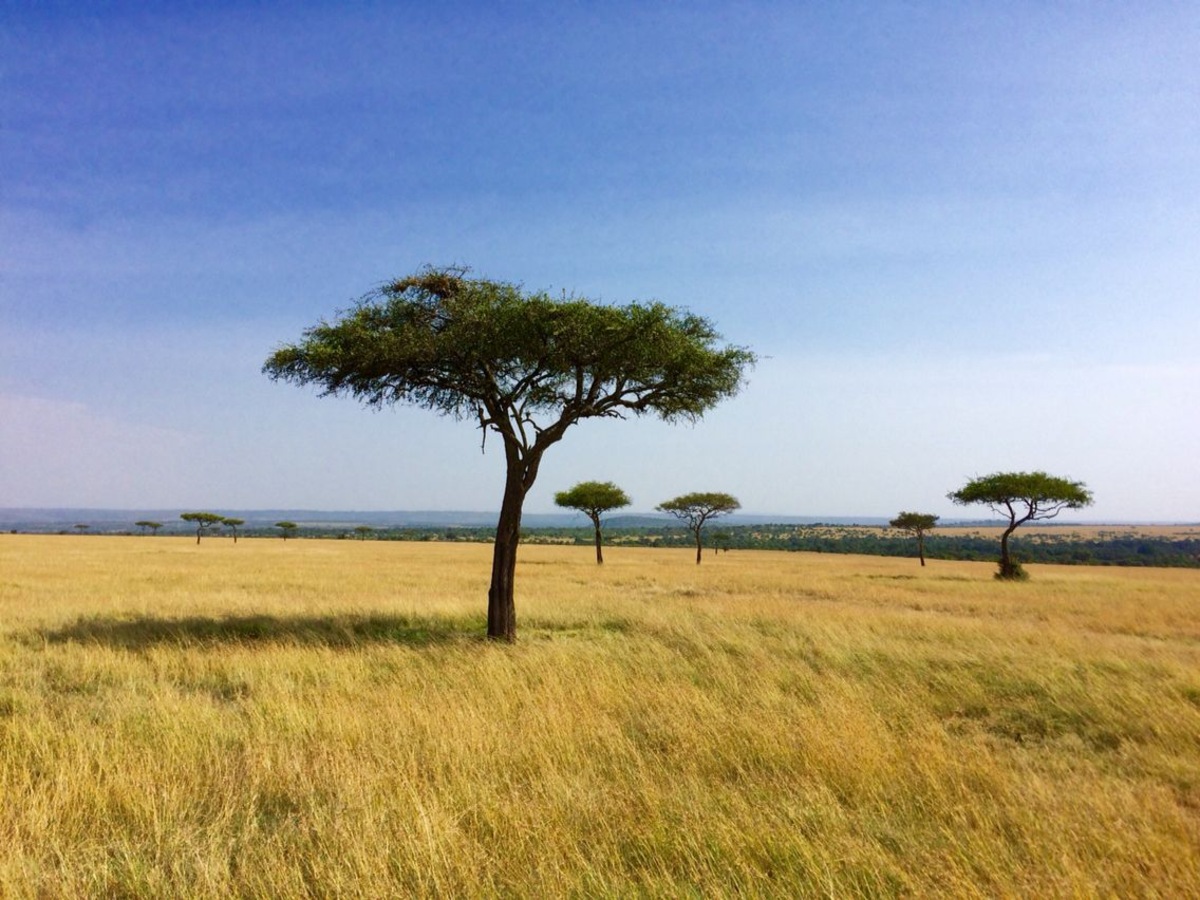

0 thoughts on “What Eats Grass In The Forest”